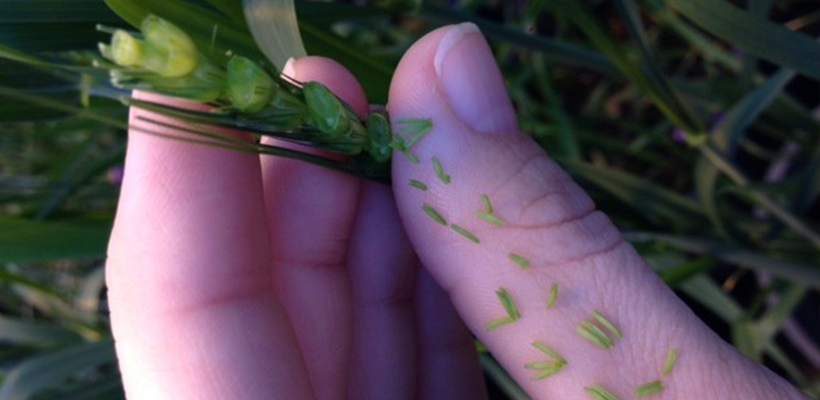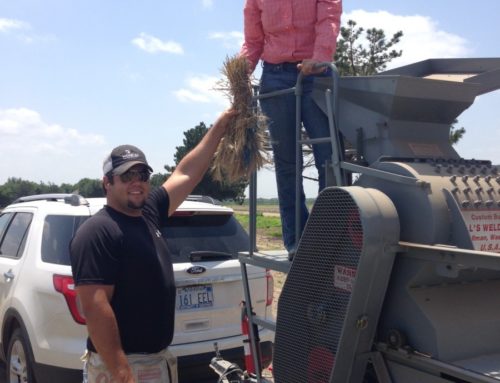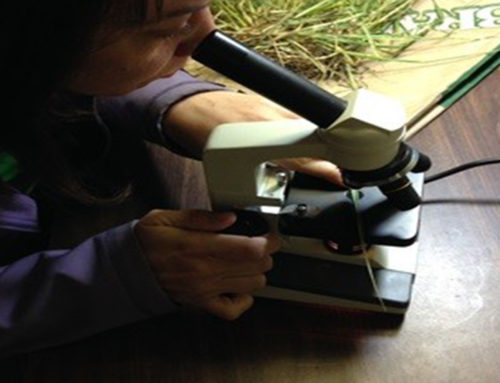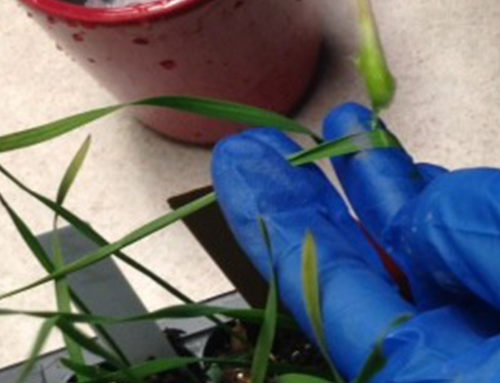January finds me in Indiana at the greenhouse making crosses. This is my absolute favorite part of my job as a breeder. Generating the new crosses that will eventually be in the hands of farmers is exciting! But if truth be told, I just really like sitting in a warm greenhouse, quietly removing anthers with tweezers. It’s a very Zen-like activity for me. Kind of like bonsai, I imagine.

Making successful pollinations, and thus generating new F1 seed, requires a lot of things but most importantly is good timing. We plant breeders refer to this timing as the “nick,” which generally means synchrony. Basically, the female and the male have to be in synchrony together, which, in plant terms, means that the female stigma has to be ready when there is pollen available. If the pollen isn’t ready when the female is, your “nick” is off. Female stigmas don’t stay receptive to pollen forever. And pollen only lasts a day or two, depending on the temperature. So to get good seed set on your emasculations, your “nick” has to be good. When it’s not good, it’s frustrating.
I don’t know exactly where the term “nick of time” originated. I “googled” it, of course, and found that in 16th century England, the term referred to the practice of keeping precise tally or score by putting nicks or notches in sticks.
Until next time –
Marla








